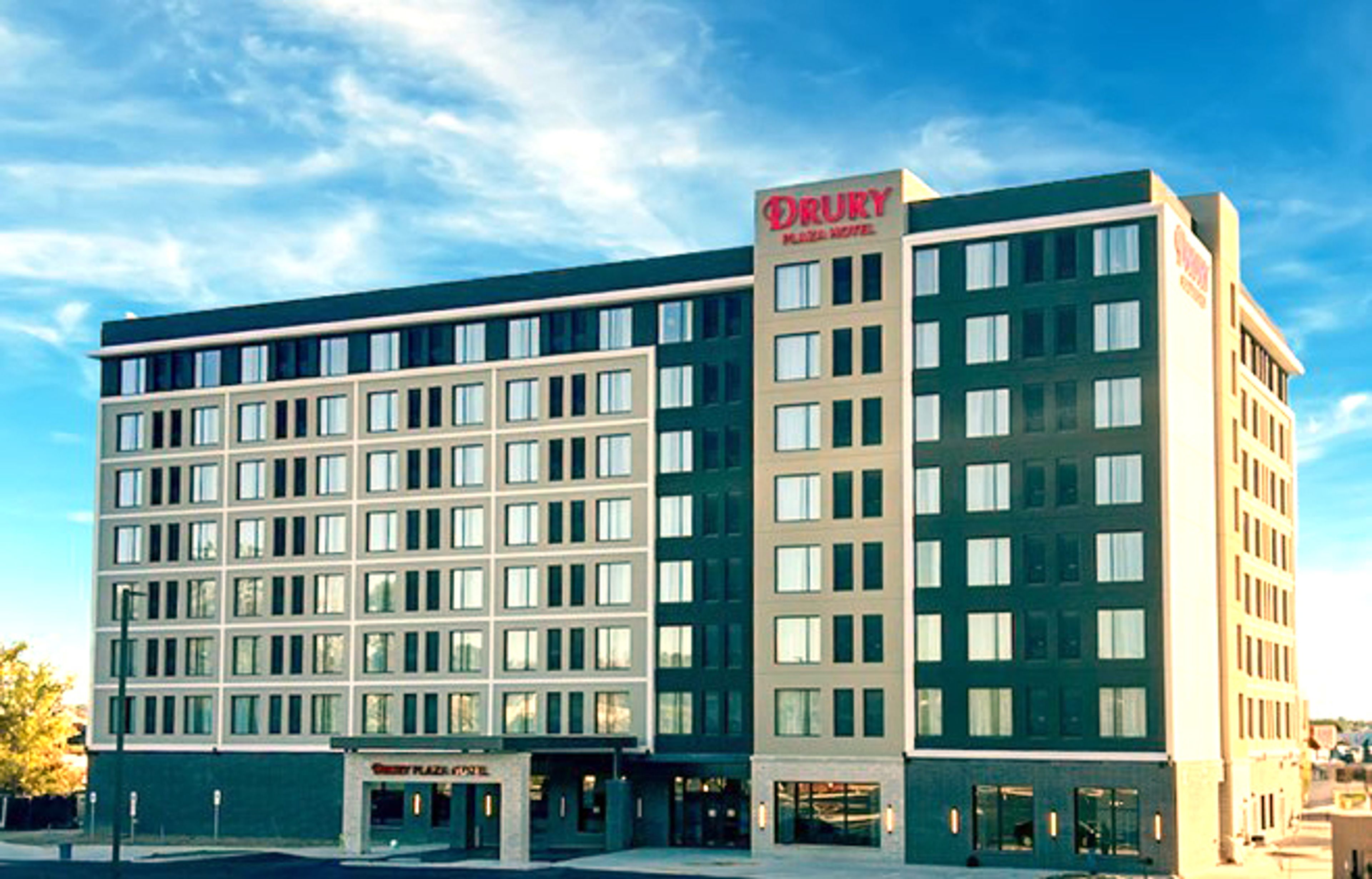Analysis: Stimulus bill is not entirely stimulating
WASHINGTON -- They call it "stimulus" legislation, but the economic measures racing through Congress would devote tens of billions of dollars to causes that have little to do with jolting the country out of recession. There's $345 million for Agriculture Department computers, $650 million for TV converter boxes, $15 billion for college scholarships -- worthy, perhaps, but not likely to put many Americans back to work quickly...
WASHINGTON -- They call it "stimulus" legislation, but the economic measures racing through Congress would devote tens of billions of dollars to causes that have little to do with jolting the country out of recession.
There's $345 million for Agriculture Department computers, $650 million for TV converter boxes, $15 billion for college scholarships -- worthy, perhaps, but not likely to put many Americans back to work quickly.
Yes, there are many billions of dollars in "ready-to-go" job-creating projects in President Obama's economic stimulus bill. But there are also plenty of items that are just unfinished business for Congress' old bulls.
An $800 billion-plus package, it turns out, gives lawmakers plenty of opportunities to rid themselves of nagging headaches left over from the days when running up the government's $10 trillion-plus debt was a bigger concern.
There's $1 billion to deal with census problems and $88 million to help move the Public Health Service into a new building next year. The Senate would devote $2.1 billion to pay off a looming shortfall in public housing accounts, $870 million to combat the flu and $400 million to slow the spread of HIV and other sexually transmitted diseases.
"I have communicated to the administration that there are parts of this package that don't meet the test that they themselves established of temporary, timely and targeted," said Senate Budget Committee chairman Kent Conrad, D-N.D. He wants Obama to weigh in to knock out the clunkers during House-Senate negotiations.
But nothing is in the legislation by accident. By including in the Senate stimulus bill such far-ranging ideas as $40 million to convert the way health statistics are collected -- from paper to an electronic system -- lawmakers are able to thin out their in-boxes, even if they aren't doing much to create jobs.
There's also $380 million in the Senate bill for a rainy-day fund for the Women, Infants and Children program that delivers healthful food to the poor. WIC got a $1 billion infusion last fall.
At the same time, putting items in the stimulus bill that really should be handled in annual appropriations bills creates more room in the latter for pet projects and other programs.
Part of the reason so much nonstimulus spending has made it into the stimulus bill is there are only so many traditional jobs-heavy public works projects that can get started quickly. As it is, most of the money in the bill for road building, water projects and mass transit probably won't be spent until the economy has turned around and is back on a recovery path.
For example, just one-third of $30 billion proposed by the House for highway construction would reach the economy in the next year and a half, according to the Congressional Budget Office.
Democrats are going ahead with Obama's $500 tax credit for most workers and $1,000 for couples even though there's wide agreement that last year's rebate checks weren't effective in sparking recovery.
Defenders of the package said that once experts determined it would take $800 billion to start to pull the country out of recession and emphasized the urgency, details took on less importance.
"If the house is burning, you're not going to worry about which hose you grab, so long as you get water on the fire," said Rep. David Obey, D-Wis., one of the chief authors of the House package as chairman of its appropriations committee.
But some Democrats, like Sen. Ben Nelson of Nebraska, think the $3.5 billion in the stimulus package devoted to health research, or the $14 billion-$15 billion for boosting Pell Grant college scholarships by $400 to $500 would be better spent on additional brick and mortar infrastructure projects.
"You don't want to be against Pell Grants," Nelson said. "But the question is, how many people go to work on Pell Grants? Should it be in this legislation if it's about jobs?"
Connect with the Southeast Missourian Newsroom:
For corrections to this story or other insights for the editor, click here. To submit a letter to the editor, click here. To learn about the Southeast Missourian’s AI Policy, click here.






